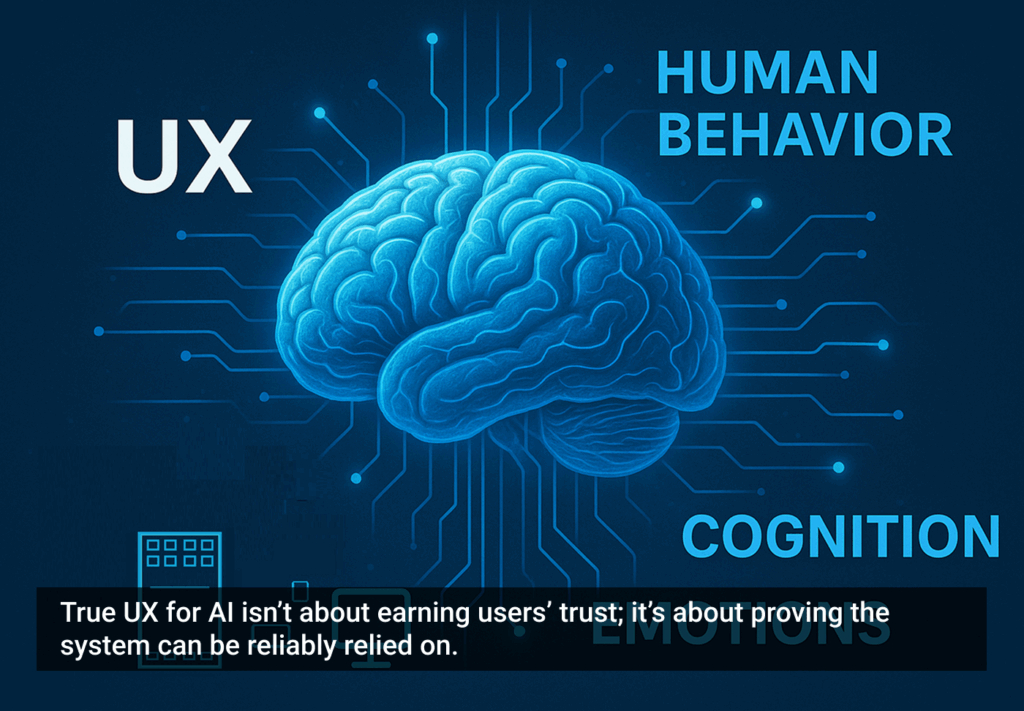Your millions of users may be coming up with their own cheat codes, tips, and tricks to win at your social game, but you’re trying to create a playbook as well—one that leverages your data to keep them engaged and returning regularly.
Data, particularly big data, has the potential to transform game analytics like never before. By collecting and analyzing the massive amounts of data now available in real-time or near-real-time, developers can respond quicker to make games more fun, more popular, and more profitable.
Three Key Advantages to Analytics
The advantages of all this fresh data accrue on three fronts.
- First is better game play analytics. Optimizing game play is largely a matter of understanding how players move through a game—where they succeed, where they struggle, how they react to new game elements and so on. Through cohort analysis, developers can uncover the reasons players become frustrated and/or churn altogether. Real-time data can even reveal the immediate impact of new features, characters and levels of play.
- Second, game developers can better understand how to grow their player base organically. By identifying which players are influencers—the ones who are inviting their friends to play—developers can incentivize that activity through instant rewards, credits, access to unique levels/regions, and other perks. Real-time data can be of immense help in incentivizing players; for example, rewards can be customized on the fly, such as offering a shield instead of a sword at a key moment in a game.
- Third, and perhaps of most consequence is marketing ROI, both inside and outside the game. Developers want to know the true value of each dollar they invest in acquiring new users; to maximize this ROI, developers need to track and correlate their ad spend beyond just install counts. Rather the goal should be to tie the marketing ROI to the Long Term Value (LTV) of the user(s) acquired from an ad traffic source, using in-game behavior as the conversion goal. This kind of insight informs all kinds of decision-making, from long-term customer ROI strategies to how to target future users.
The Game of Analytics
Sophisticated, real-time game analytics, however, requires a rich mix of low-latency data from internal and external sources. The major problem is that these diverse data stores are in multiple formats and are usually semi-structured in nature. Gone are the days when analytics could be performed on well structured SQL database information. It’s a multi-source, multi-structured world out there—and taming it takes new thinking.
JSON (JavaScript Object Notation), a platform- and application-independent data format, is one key component of the solution. JSON is exploding in popularity because it allows virtually any application to exchange data freely, with schemas transmitted along with the information. Most relational database management systems, however, are not designed for the collection and storage of JSON data. What’s more, traditional business intelligence (BI) systems based in SQL, a database language expressly for use with structured data, cannot query large, semi-structured data stores.
Open source database management and querying platforms like Hadoop and MongoDB are popular ways to work with JSON data. Yet both of these have their limitations. Hadoop is a batch oriented architecture that requires Map Reduce “jobs” to be created, submitted, and run. This can take anywhere from minutes to hours to produce an output. That’s a non-starter when you want a fast answer across multiple records of quickly streaming and changing data or want to iterate quickly on ad-hoc, investigative analytics.
It’s a multi-source, multi-structured world out there—and taming it takes new thinking
And while MongoDB has its own query language to interrogate JSON data stored in Mongo itself, it is not built for complex analytics, requiring joins across collections and filters using multiple values, conditions and ranges where you know the arguments upfront. Things that are taken for granted in investigative analysis may run into syntax, memory, or performance problems, especially when working with large data sets.
Hadoop and MongoDB are also controlled through imperative code (Java), rather than a declarative query language (SQL), restricting their use to developers and programmers. This means the vast majority of business professionals skilled in SQL are rendered unproductive and dependent on a few, costly specialist set of resources to answer their analytics questions.
Analytics in the Cloud
These issues are why new Cloud Data Warehouse Services (DWS) have been invented. DWS solutions allow data to be collected and integrated from multiple sources in a single, consistent manner with low impact on engineering resources. DWS also accepts the JSON format—no upfront modeling or transformation required.
Perhaps best of all, a DWS allows game publishers to use common, SQL-based BI tools like Tableau and SQL Workbench to query their Big Data repositories. No one on the business or development side needs to learn new languages or software packages to instantly begin gaining powerful new insights. A DWS also allows game developers to implement business-specific rules on the data coming from various sources—something not possible with third-party mobile analytics solutions that are sold under a shared, multi-tenant model and as such, impose rate, size or schema limits.
DWS solutions take the headache and cost out of traditional data warehousing. With a few clicks, customers can spin up a multi-terabyte data warehouse cluster in minutes. Furthermore, loaded data is immediately available to view, aggregate, and join with other data as desired, all using SQL, with no need to modify anything even if data changes over time.
Changing Experiences in Gaming
With data growing at an exponential rate from mobile devices, tablets, and desktops, along with servers, third-party ad networks, social media hosts, and other sources, deriving insight is one of the greatest challenges facing game developers today. Waiting hours or days for data to be processed is no longer an option; the world simply moves too fast. Technology, however, is beginning to catch up. With the new options available, game developers and publishers have the upper hand to come up with the winning plays for long-term game success.
Image of girl playing mobile game courtesy Shutterstock.







